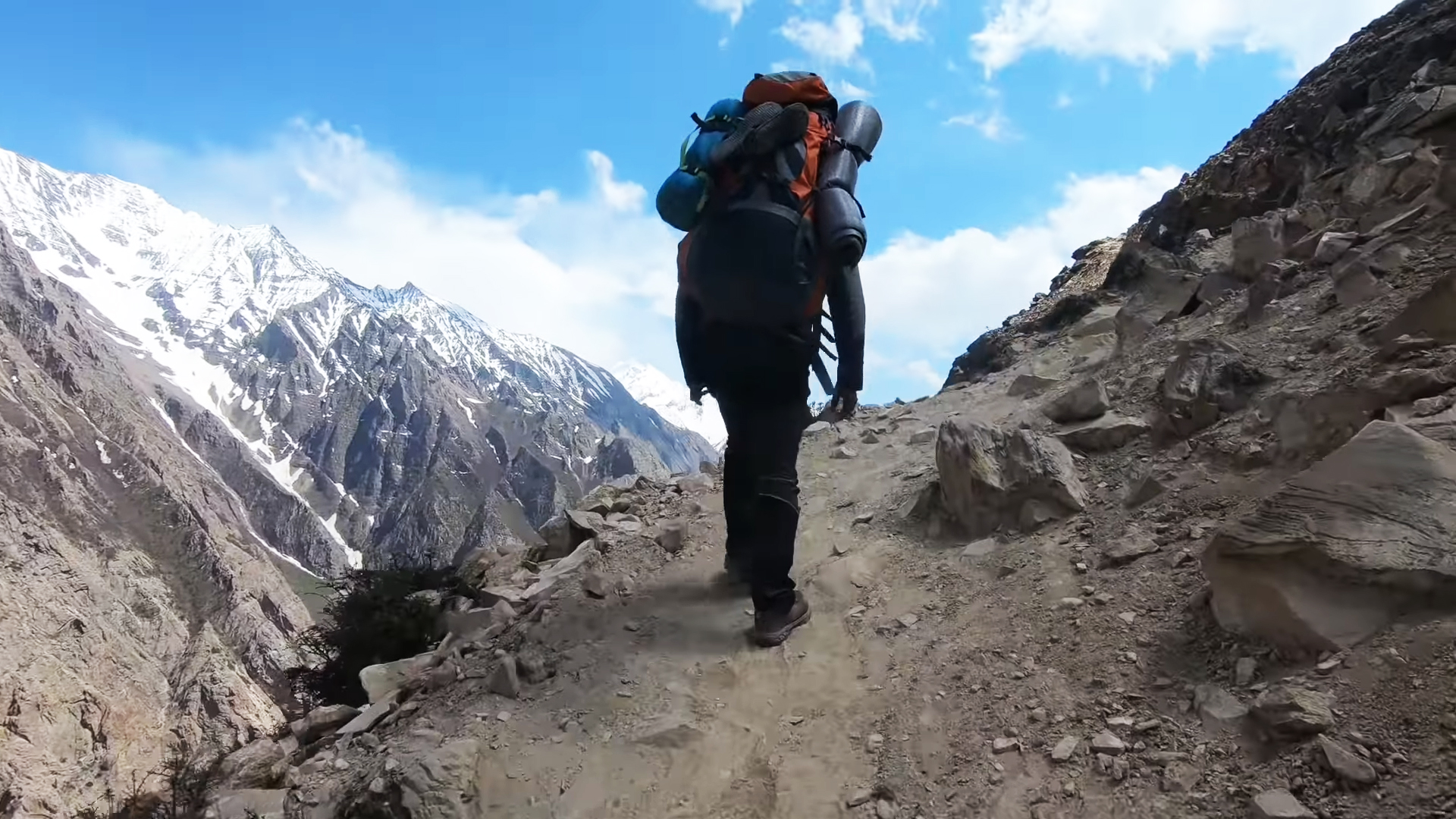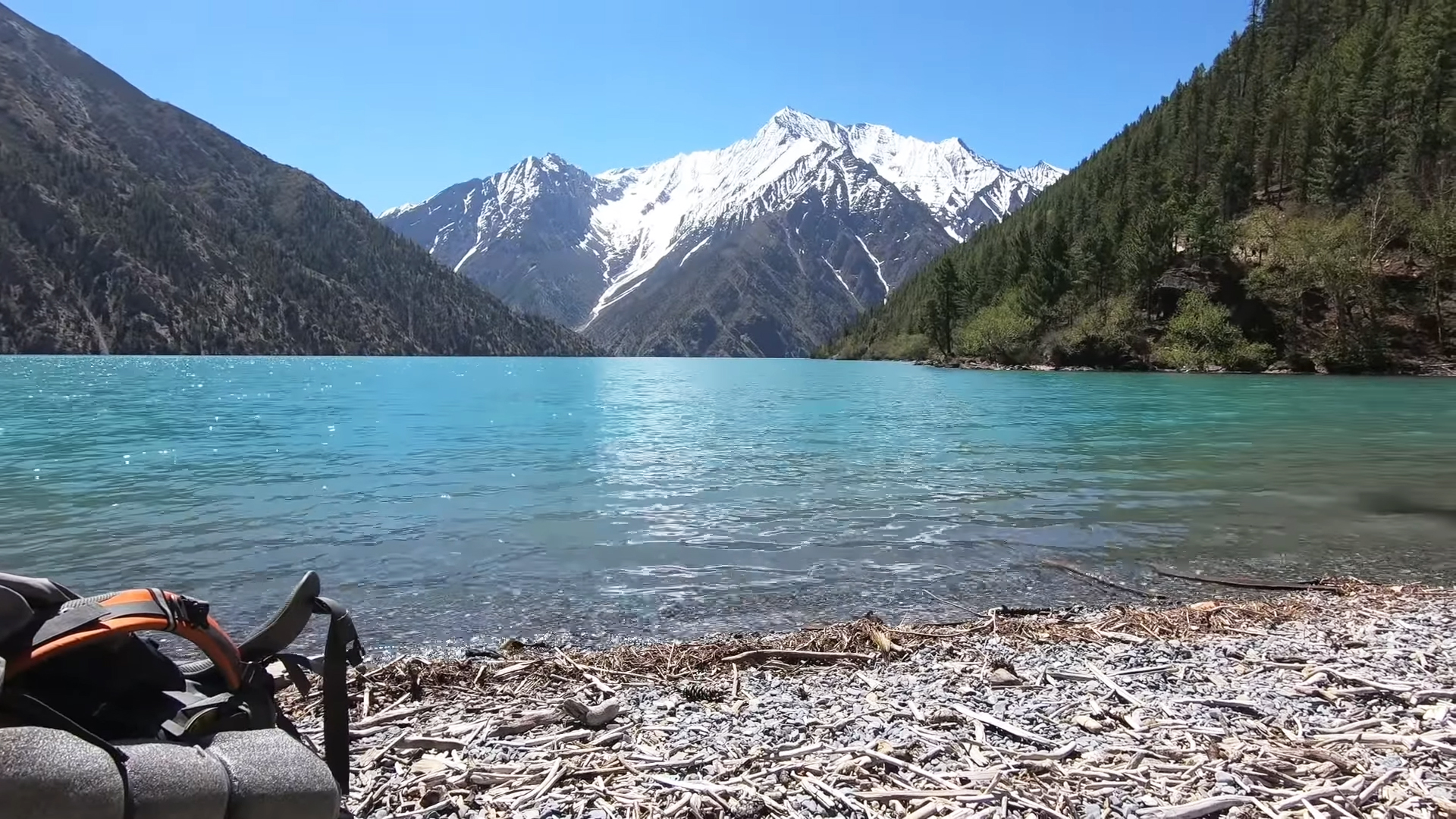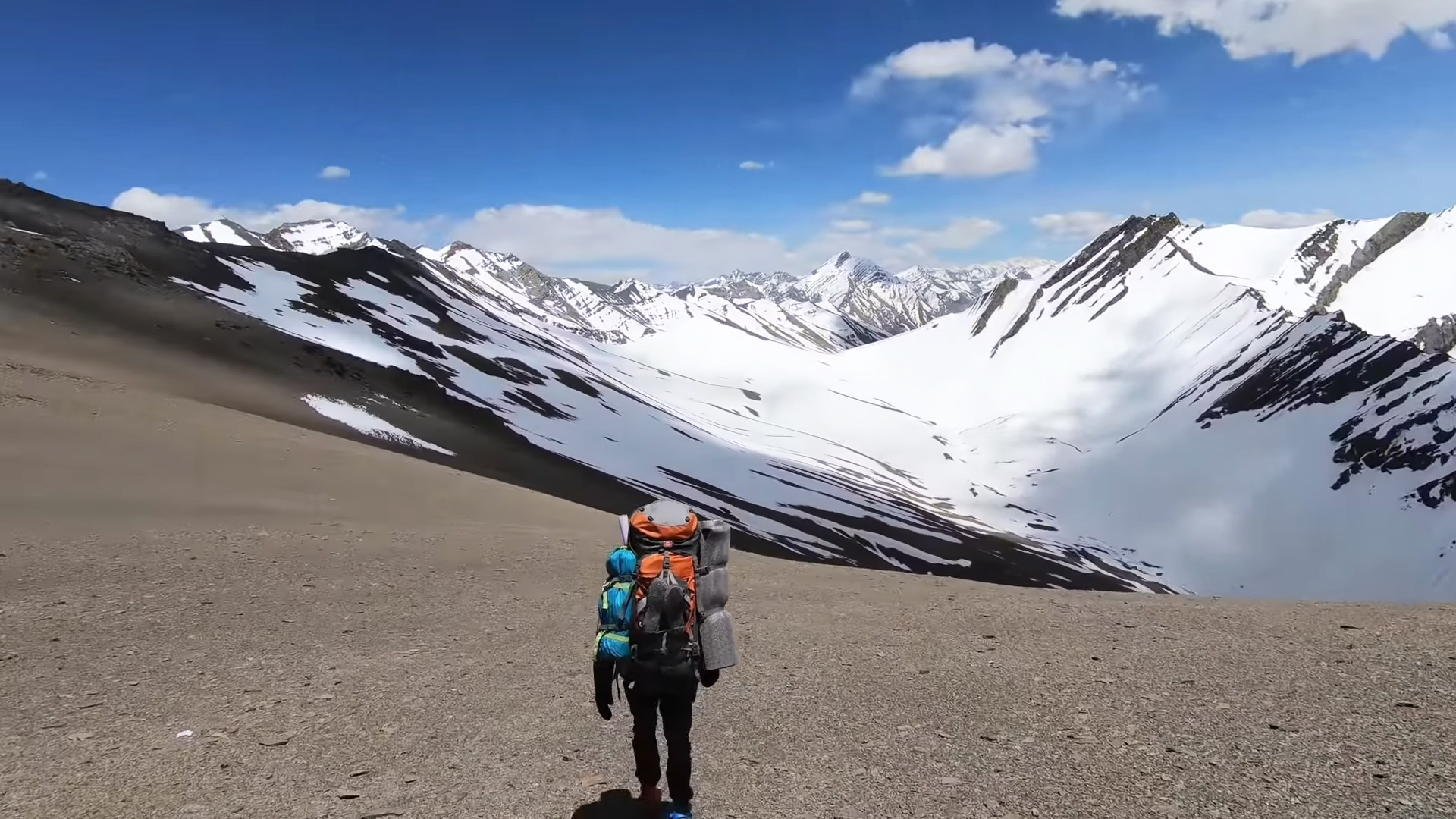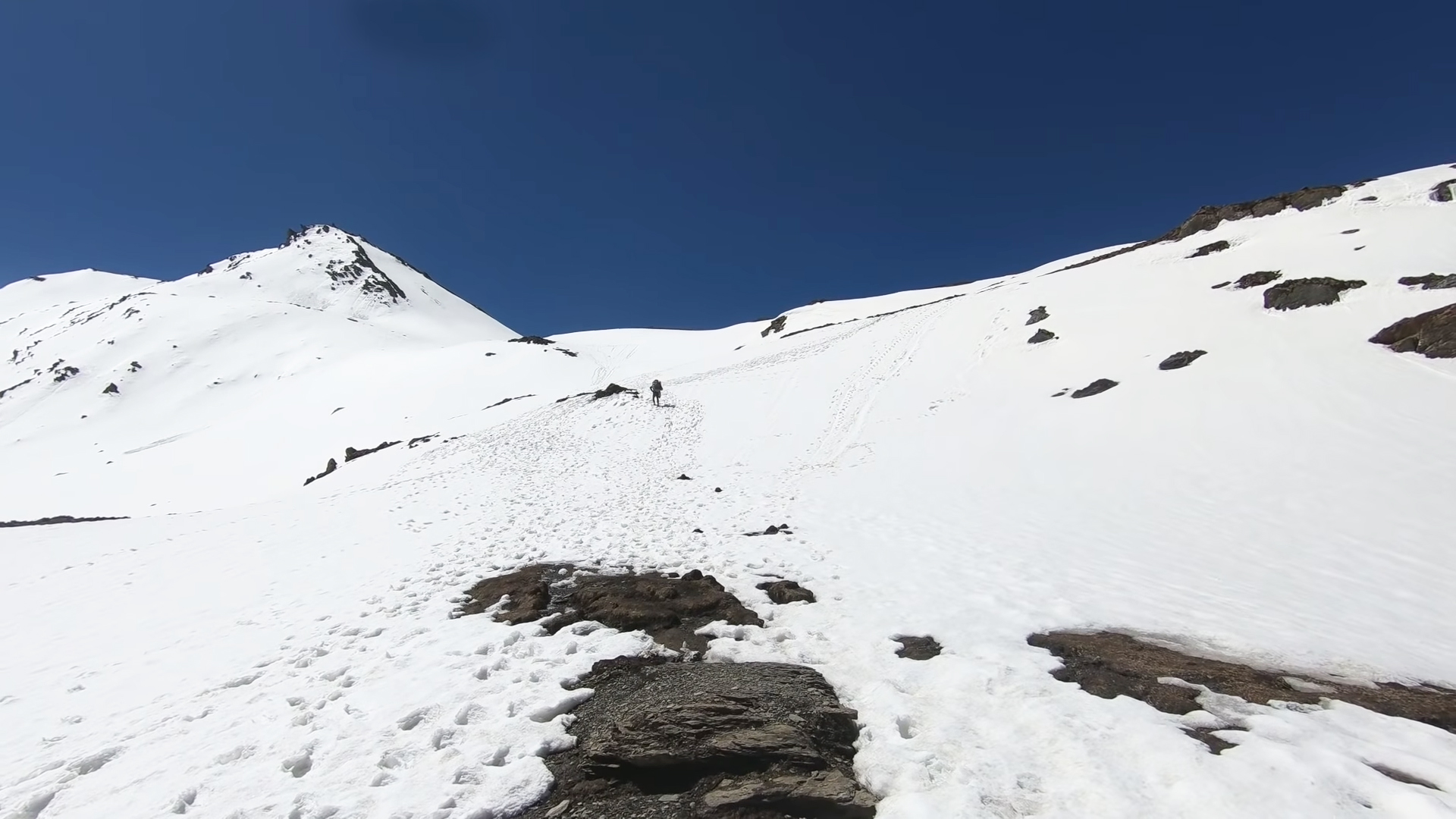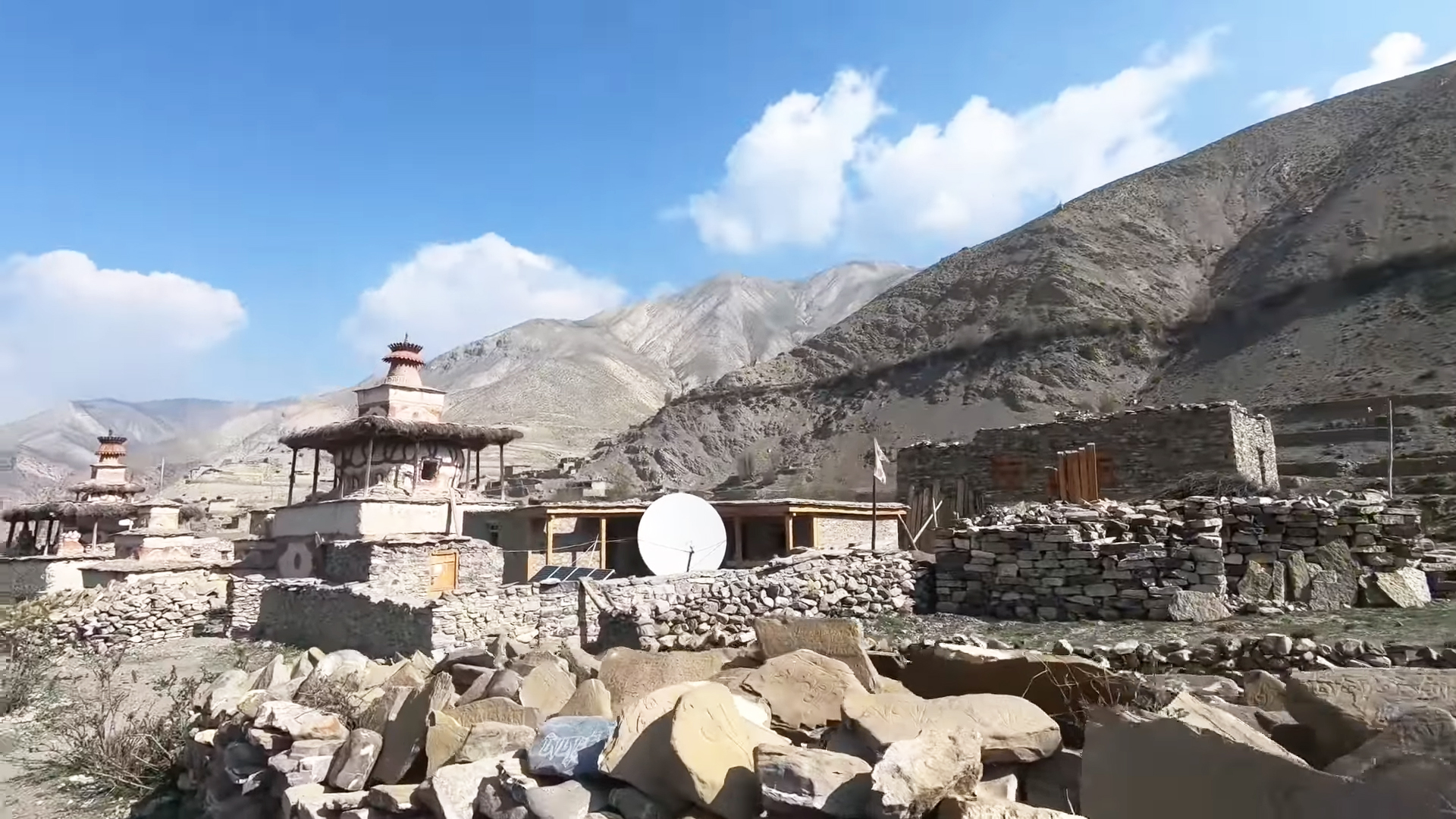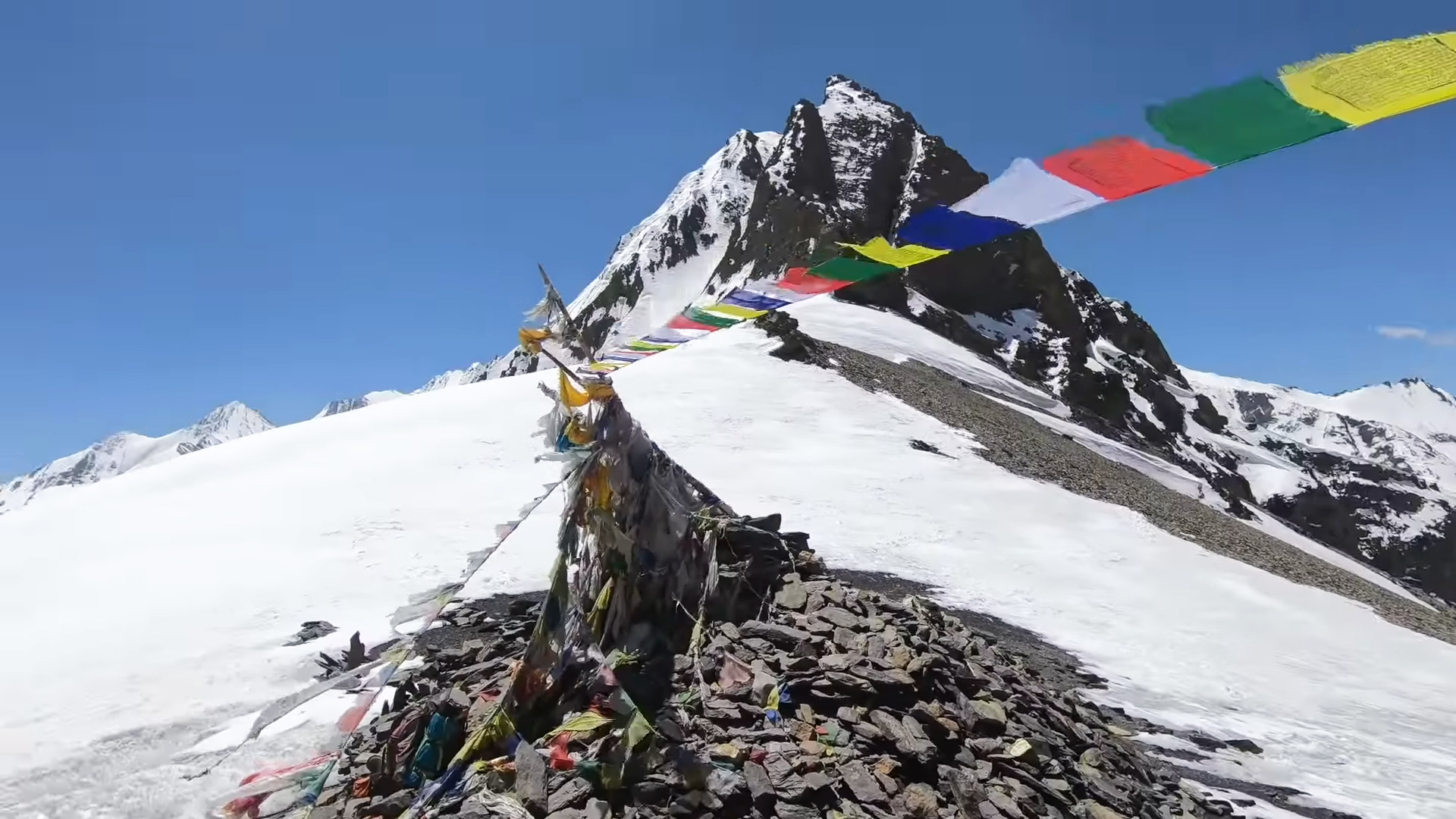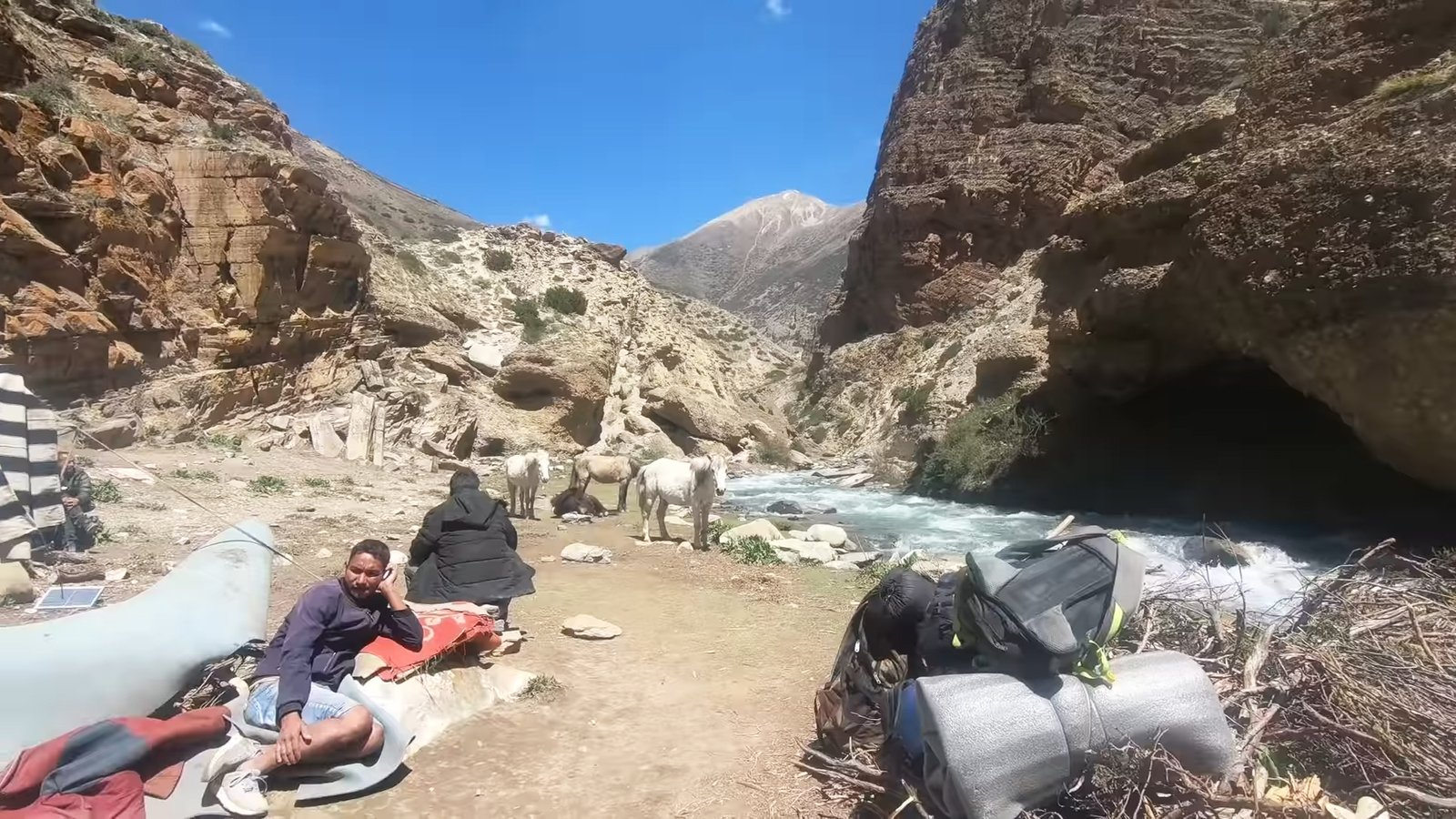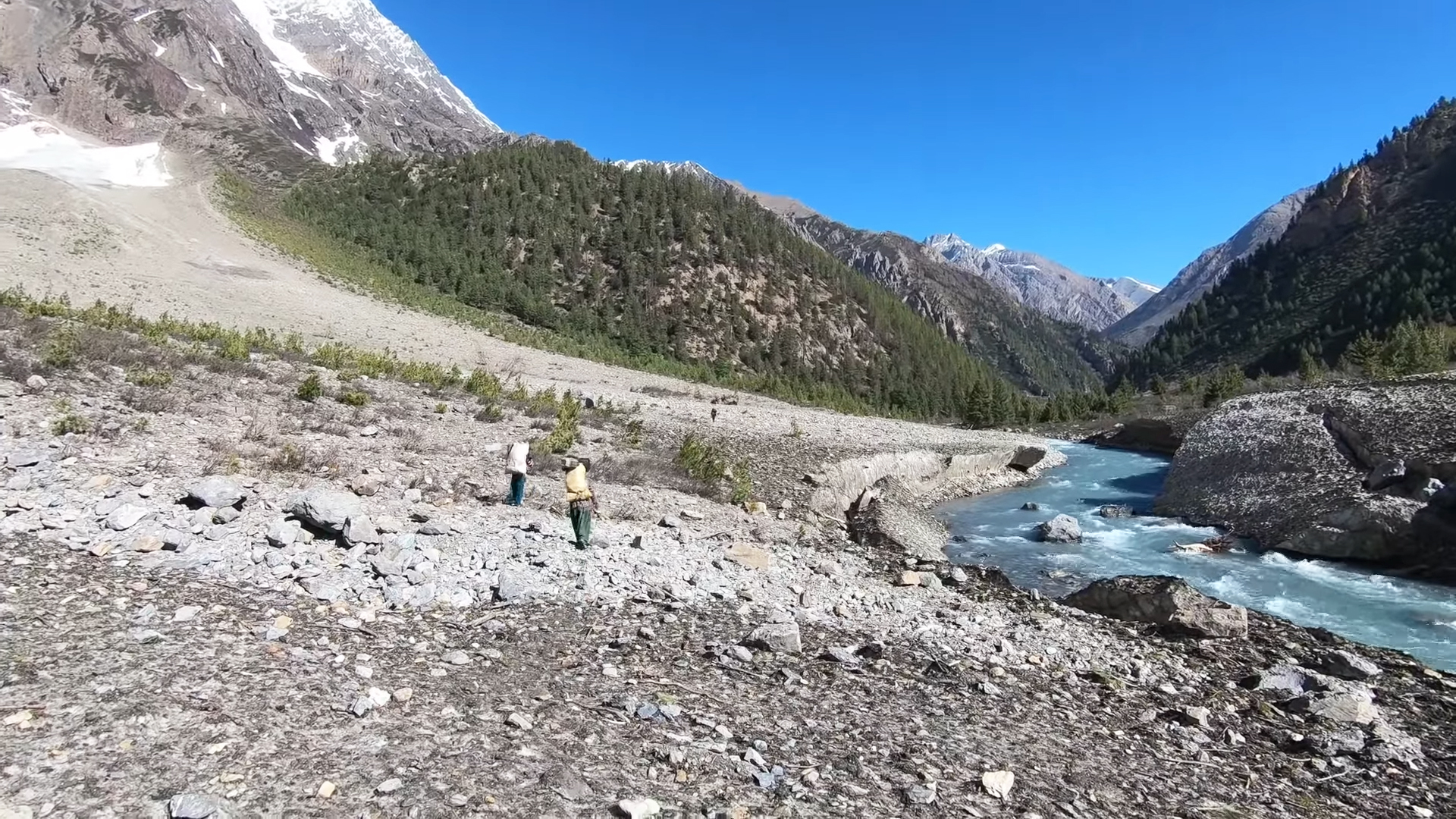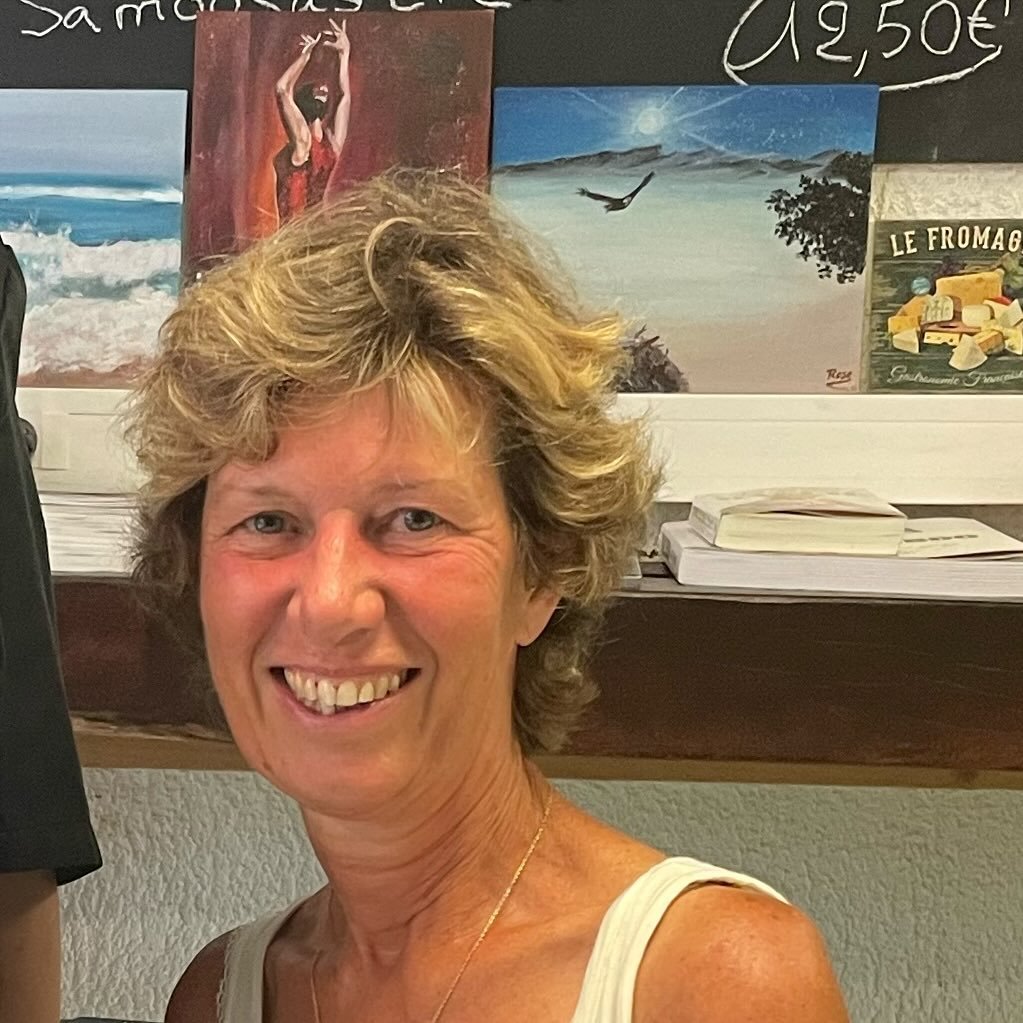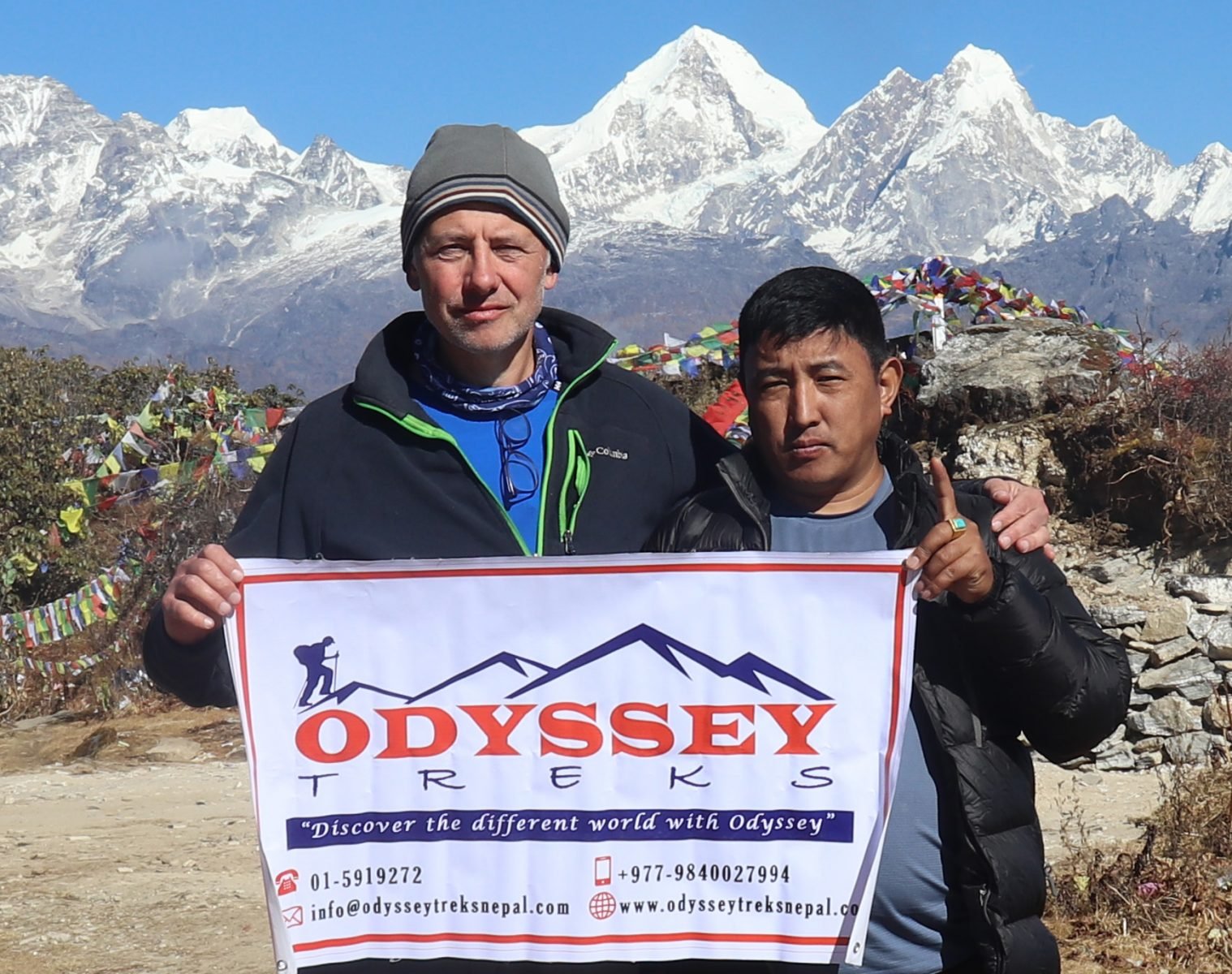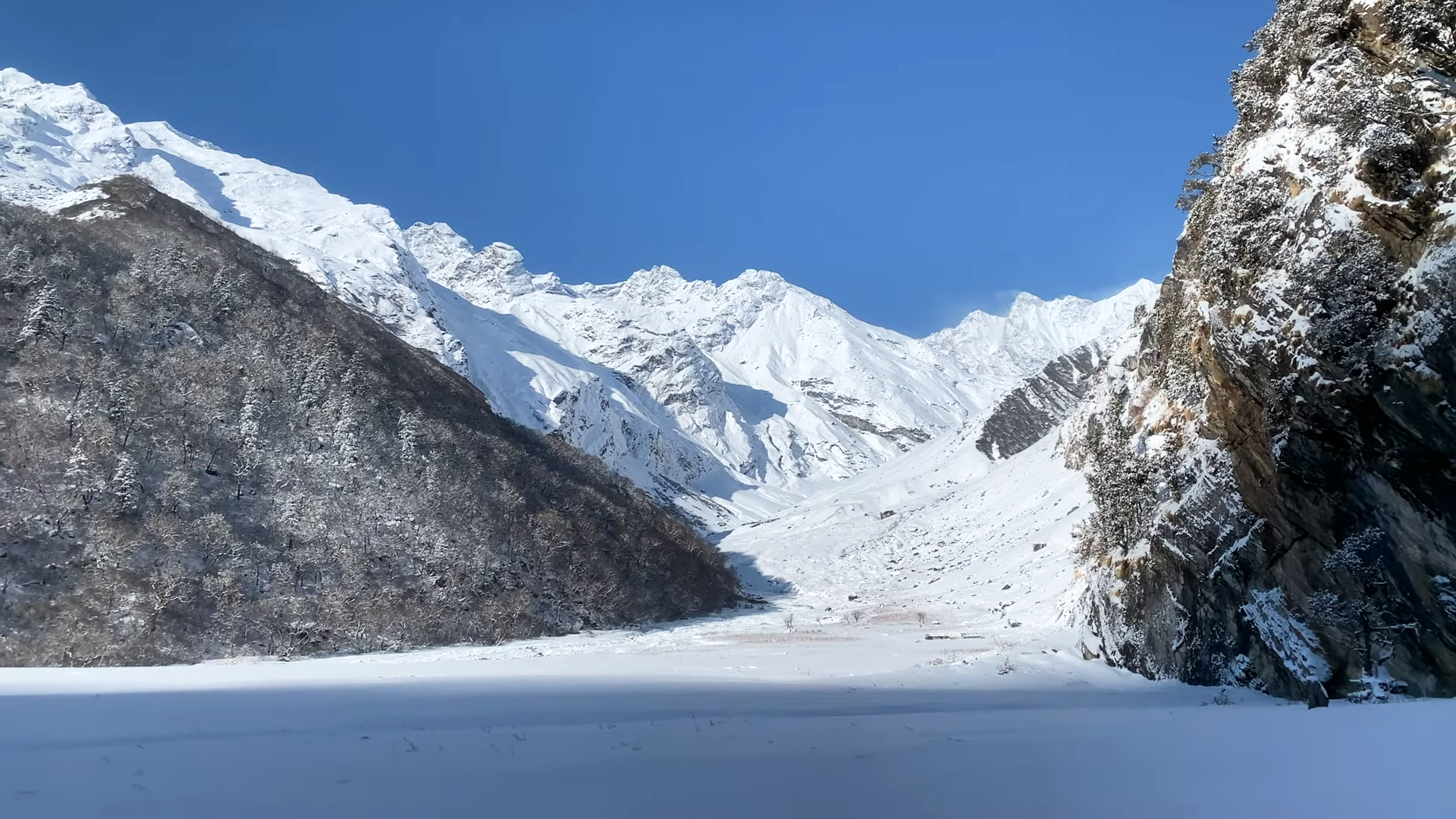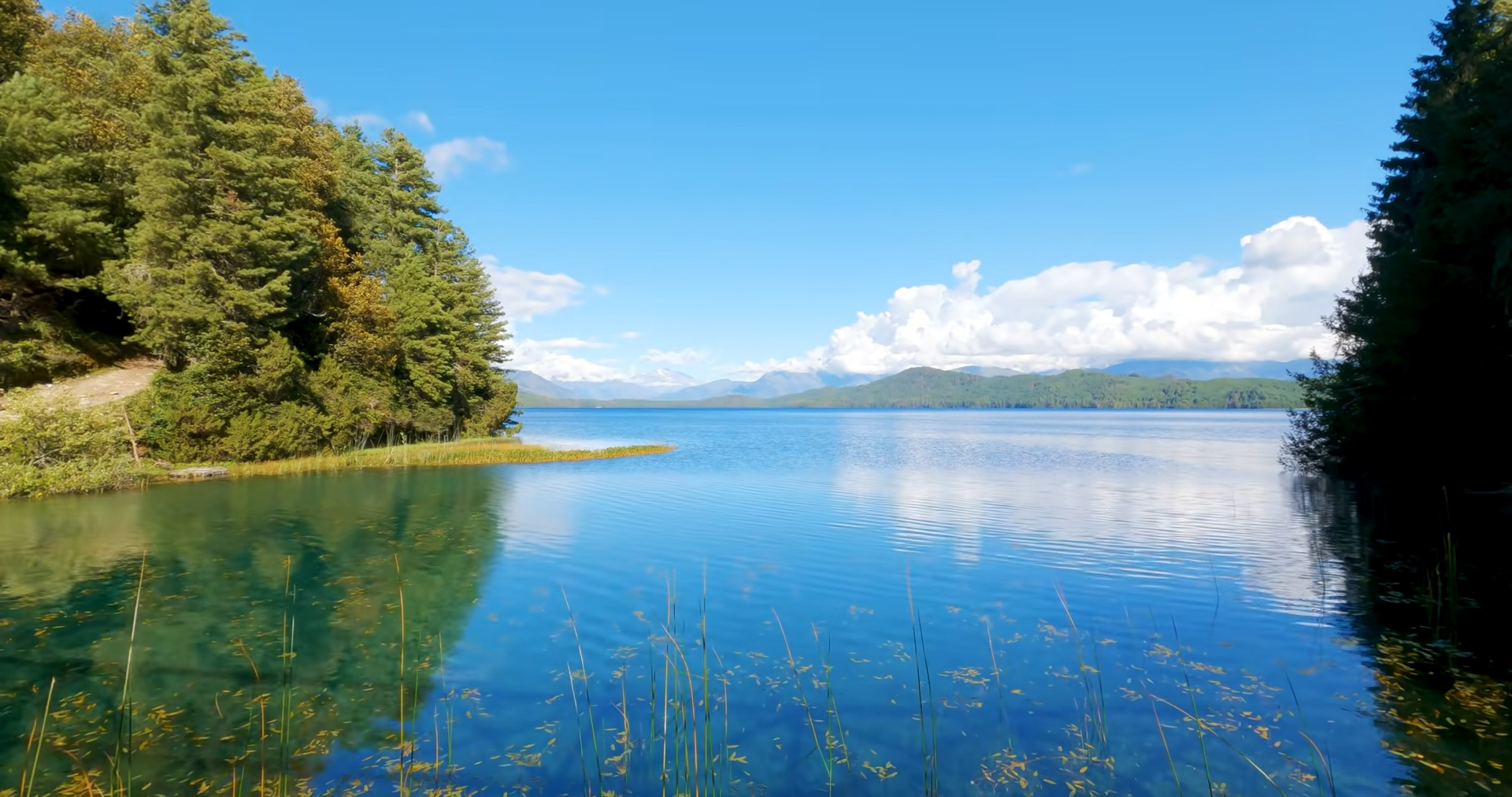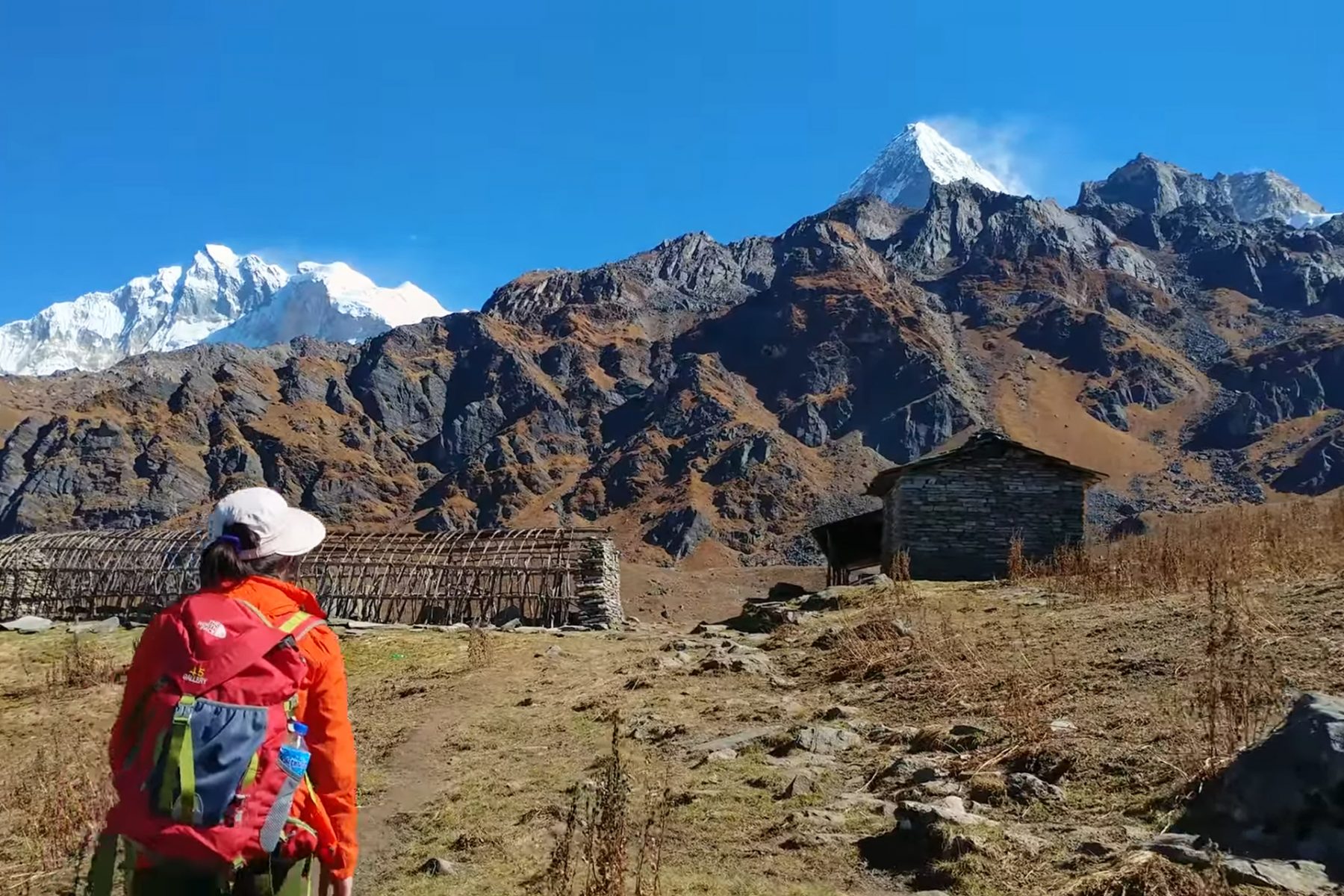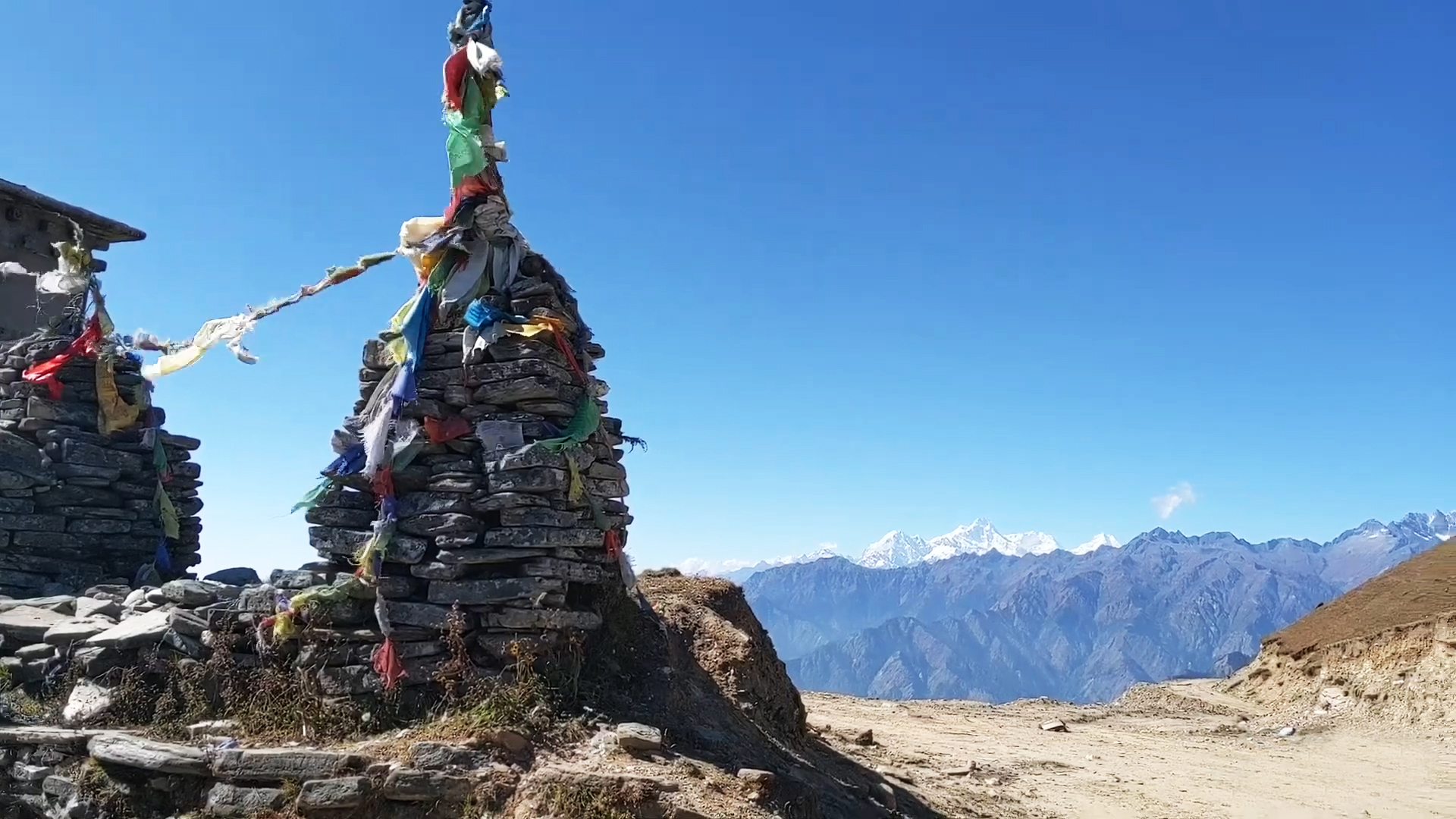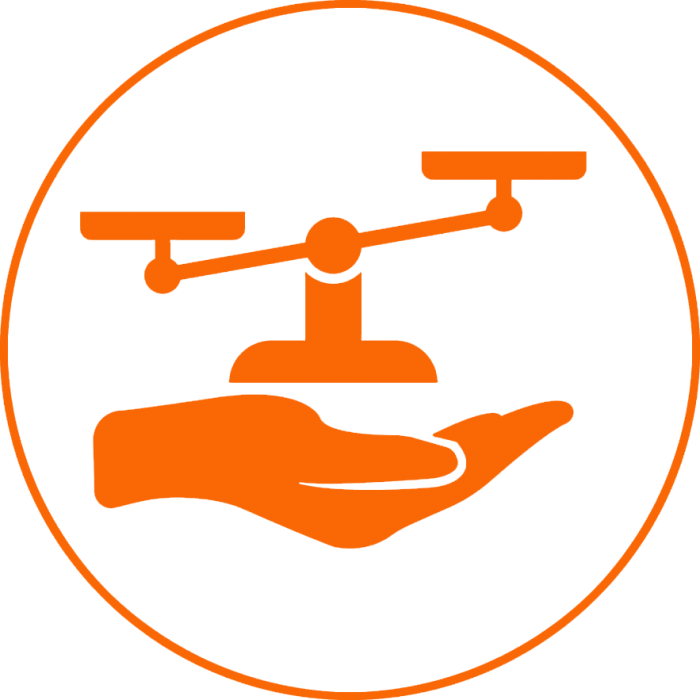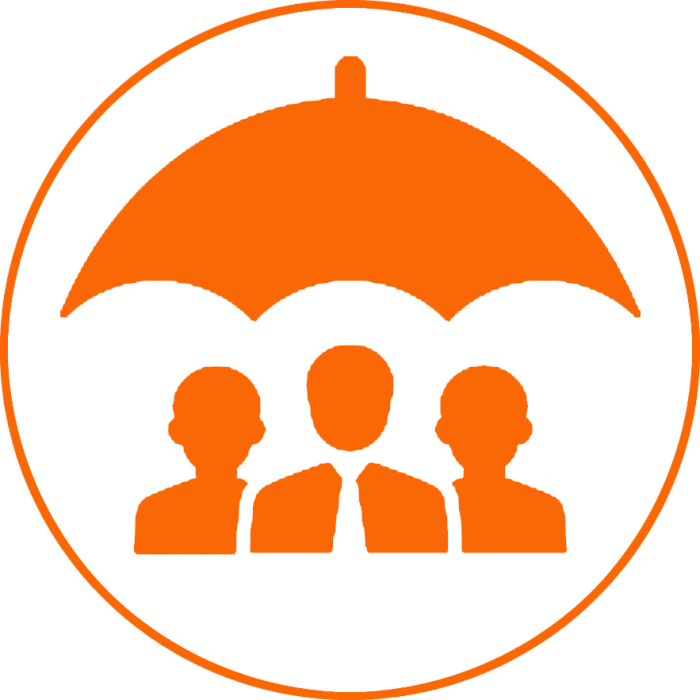Trip Overview
Introduction To Upper Dolpo Trek
Upper Dolpo Trek is the perfect trek for those who love adventure and an isolated trek that takes you to a remote area with the unique beauty of Nepal. Dolpo is a beautiful trekking destination located northwest of the Karnali region and is the most isolated region of Nepal with difficult topography.
The main attraction of this region is Phoksundo Lake, which lies inside the Phoksundo National Park. Surrounded by jungles and snow-covered peaks, this lake is described as the world’s most natural hidden wonder. The Upper Dolpo Trek is not only beautiful for its natural glory and biodiversity but also for its unique cultural and social aspects.
The people of this region are of Tibetan origin and are still preserving their primitive way of life, tradition, and Buddhism. Most people in this area speak Tibetan, so people can only rarely understand Nepali. Shay Gompa, a beautiful monastery known as the spiritual center of Upper Dolpo, is situated on the base of Crystal Mountain and is visited annually by many pilgrims.
You may like to visit: The Best of Nepal Tour in just 10 days, with Package, Itinerary, and Cost.
It is a beautiful district, even though it is remote and underdeveloped, so travelers rarely visit this area. In this way, we can see beautiful valleys, local settlements, magnificent mountains, lush green forests, rhododendrons, oaks, etc. This area was closed to foreigners, but now it is open. So, you can enter the area after obtaining a special permit from the Government of Nepal.
Permit for Trek
Since this trekking area is restricted, the individual trekker cannot obtain a trekking permit for this area from immigration. So there must be at least two people in the group. This Upper Dolpo Trek is perfect for the summer and monsoon seasons. Due to heavy snow in the winter season, this time is not ideal for the Upper Dolpo Trek. Good technical skills are not required for trekking. But past trekking experiences or regular walking habits make your trip easier.
You May Visit: The Nepal Heritage Tour in just 11 days: cost, package, Itinerary, and Tour.
Trip Itinerary
Fly Kathmandu to Nepalgunj -1 hour.
Fly Nepalgunj to Juphal (2,475m) and trek to Chhepka (2,838m) – 6 to 7 hours walk.
Chhepka to Chunuwar (3,110m) - 6 to 7 hours walk.
Chunuwar to Ringmo/Phoksundo Lake (3,733m) - 3 to 4 hours walk.
Free day at Ringmo/Phoksundo Lake.
Ringmo/Phoksundo Lake to Chunemba (3,639m) - 5 to 6 hours walk.
Chunemba to Snowfields Camp (4,400m) - 7 to 8 hours walk.
Snowfields to Shey Gompa (4,310m) via Kang La (5,375m) - 6 to 7 hours walk.
Free day at Shey Gompa.
Shey Gompa to Namgung (4,430m) via Shey La (5,000m) - 6 to 7 hours walk.
Namgung to Saldang (4,060m) - 3 to 4 hours walk.
Saldang to Sibu (4,200m) - 5 to 6 hours walk.
Sibu to Lagmo Che (4,570m) - 4 to 5 hours walk.
Lagmo Che to Tokyu (4,209m) via Jeng La pass (5,110m) - 7 to 8 hours walk.
Tokyu to Dho Tarap (4,080m) - 2 to 3 hours walk.
Dho Tarap to Sisaul (3,750m) - 4 to 5 hours.
Sisaul to Laina Odar (3,370m) - 8 to 9 hours walk.
Laina Odar to Lingdo (2,391m) - 5 to 6 hours.
Lingdo to Dunai (2,140m) - 5 to 6 hours walk.
Dunai to Juphal (2,475m) - 4 to 5 hours walk.
Fly Juphal to Nepalgunj – 35 minutes.
Nepalgunj to Kathmandu – 1 hour.
Why not list the price?
Each client's needs may be different. The price of the trip varies according to the size of your group and the service you want. The cost of the trip is calculated according to the type of service and accommodation chosen by our customers.
Each trip is customized to fit the client's needs and group size, so the price of each organized trip is different. Please let us know the service you want and the size of the group. We create trips to suit your taste and travel budget per your requirements. Hope you find our price calculation reasonable according to your needs and preferences.
Frequently asked questions about this trip
How difficult is the trek?
The difficulty depends on where and how long you want to trek. The short trek is easy while the long trek requires some physical fitness.
What is altitude sickness?
Altitude sickness is normally known as acute mountain sickness. This can happen when people rapidly climb up to an altitude of more than 3000 meters. We ensure minimal risk by adding rest to our trekking itineraries. Most people will feel some effects of altitude, some shortness of breath and possibly light headache, this is normal enough. Acute mountain sickness patients are quite different and usually have a serious headache, sickness, and lose awareness. In almost all possible cases there are sufficient warning signs to take action properly. Descending to a lower altitude is usually enough to prevent any further problems.
What type of accommodation is available during the trekking?
There are mainly tea houses and lodges available for trekking and they are usually made using local materials and are very comfortable. These accommodations are often family-run and usually provide single and double rooms. The dining room is on the ground floor and is often on fire. All food will be cooked in order in the family kitchen. Toilet facilities are sometimes separate and sometimes outside. Most lodges provide mattresses and blankets. It's a good idea to always have a sleeping bag, which can be useful, and perhaps an inflatable pillow.
How long do we walk every day on trekking?
Trekking programs are classified into three different categories: soft, moderate and hard. Soft treks are only about 7 days to 10 days in duration. They generally do not go above 4000 meters; you can expect to walk about 4-5 hours each day. Moderate treks are challenging enough and long treks that go to the high hill country. Physically exhausting, this involves trekking along the cliffs of the mountains for about 6-8 hours. Harder treks are longer treks that go farther away from the general abode of trekkers and tourists. These physically challenging treks involve walking for 7- 9 hours each day.
How much weight do I need to carry on the trek?
You carry some of your personal belongings, such as warm clothing, water, snacks, sun block, cameras and more. Generally, these items will be lightweight, from 5 to 10kg (10 to 20 pounds). Our porters are available for other heavy goods and for your information one porter would be sharing by two people. The maximum weight carried by one porter is total 20 kg. this means 10 kg. per person is allowed for the trek. In case if you wish to carry more than this weight then you need to hire additional porters.
What is the best time for trekking in Nepal?
October and November are considered as the best times for trekking in Nepal due to dry season. December and January are also considered good times for trekking but it is extremely cold at high altitudes.
Google Reviews
Guest reviews
Thank you a lot for your organization about my trek. It was a superb experience; all was perfect. Karma is a very nice person and a good guide. I appreciated trekking with Odyssey (a reliable Nepal trek operator). If I come back to Nepal, I will be happy to...
Have just returned from my fourth trip to Nepal and as always Odyssey Treks organized everything superbly. We visited Makalu relatively late in the season and were rewarded with empty trails and amazing weather. Karma was as entertaining, friendly, and informative as ever along with Ang Dawa Sherpa who...

